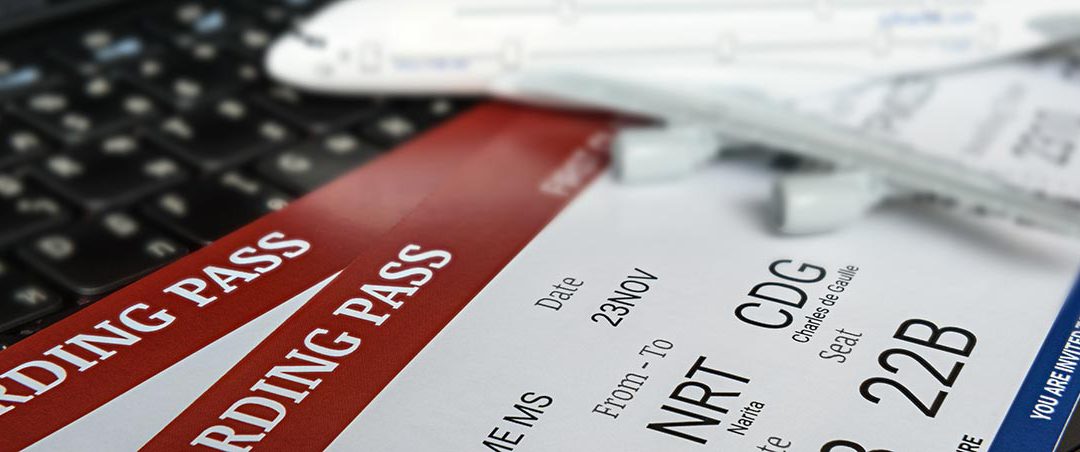
How are flight fare increases determined?
Do you ever feel as if trying to find the best airfare to suit your budget feels like playing the stock market? Where one day, for example, you find the cheapest domestic flights in South Africa to suit your pocket, and the next, the price has shot up with no reasonable explanation! Well, believe it or not, there is method to this madness and what it all comes to down to is consumer demand.
Driven by demand
When a flight’s departure date is still far out, the demand for this flight is naturally lower hence the lower cost of the flight. Flight prices are ultimately driven by consumer demand and the rate at which the flight fills up. The closer to the flight date a passenger is looking for, the higher the cost will be as passengers would be willing to fork out more for that particular flight.
This sounds simple, but it is actually based on a fine-tuned pricing model employed by most airlines the world over.
Dynamic pricing
One of the most eye-opening facts is that the aviation industry is not as profitable as many may think it is. Most airlines don’t make a huge amount of profit when compared to other worldwide industries, instead, the end-goal for most airlines is to break even on the majority of their flights, while scooping a small amount of profit.

Mango Airlines : 1 Of South Africa’s top low cost airlines
Flying is an incredibly expensive task and, as such, airlines have to be extremely smart when it comes to understanding consumer behaviour and developing their pricing models around this.
The intricacies of pricing
Airlines operate at a loss when they open up sales for a particular flight. They sell their seats at a cost that is below their operating overheads in order to cater to consumer demand. As the flight begins to fill up, seat fares are marginally increased to cover the initial loss and eventually, create a breakeven point for that flight. In reality, the last few seats which are usually sold just hours before a flight’s departure, are usually the seats an airlines profits from.
‘Want to know the honest truth about the tickets that you buy? Even the more profitable airlines in South Africa will only make R25 R30 per passenger, and that’s in a good year!
Same flight, different fare
You may have noticed how the cost of a domestic flight in South Africa can increase or decrease based on the time of day. In essence, it is the exact same flight, so why should it cost any more or any less throughout the day? This is based on a strategy called yield management which intentionally aims to charge different prices to different passengers, in order to maximise the total revenue collected for each departing flight.
Through a process of elimination based on what is deemed a ‘convenient’ or ‘inconvenient’ (peak or low) time to travel throughout the day, the cheaper fares are sold first and marked as ‘sold out’. In reality, these fares are not actually ‘sold out’, they are merely increased in order to drive that breakeven point for the airline and a marginal profit.
Protecting the airline and the consumer
Passengers depend on the regular flight schedules that they have become accustomed to. Consequently, the airlines have a responsibility to offer and fly regular flight routes, on a regular schedule, at reasonable prices, regardless of whether the flight is full or empty. The bottom line is that an airline is likely to make a loss when running a flight that is not at full capacity, but in order to protect the consumer and maintain a reputable name, an airline has to suffer this loss.
So why don’t airlines simply determine a fixed price for each flight which will cover all their overheads and generate a small profit at the same time? This leaves the airline vulnerable to its competition, with other airlines generating more sales due to cheaper prices. Additionally, there is a chance that an airline will never fill up each flight due to competitive prices from other airlines, meaning they would always operate at a loss! In order to protect the airline, this dynamic pricing model, based on consumer demand is key.
Ultimately, your travel agent or an online travel agency is not able to determine the price of a flight you may be looking for. Each airline employs a sophisticated pricing model to regulate these prices. It’s important to remember though, that travel agents and online travel agencies are well versed in the intricacies of flight pricing, and do their utmost best to filter through the constant fluctuations in prices to offer all customers the best price, to suit their pocket!
Passengers can usually find affordable domestic flights if they are flexible with their departure date and time, and make the booking well in advance. If there is a chance that you might need to change the flight once booked you would be well advised to book a standard fare. Compare and book cheap tickets using our online search facility and rest assured that the price you pay is the best price available.
